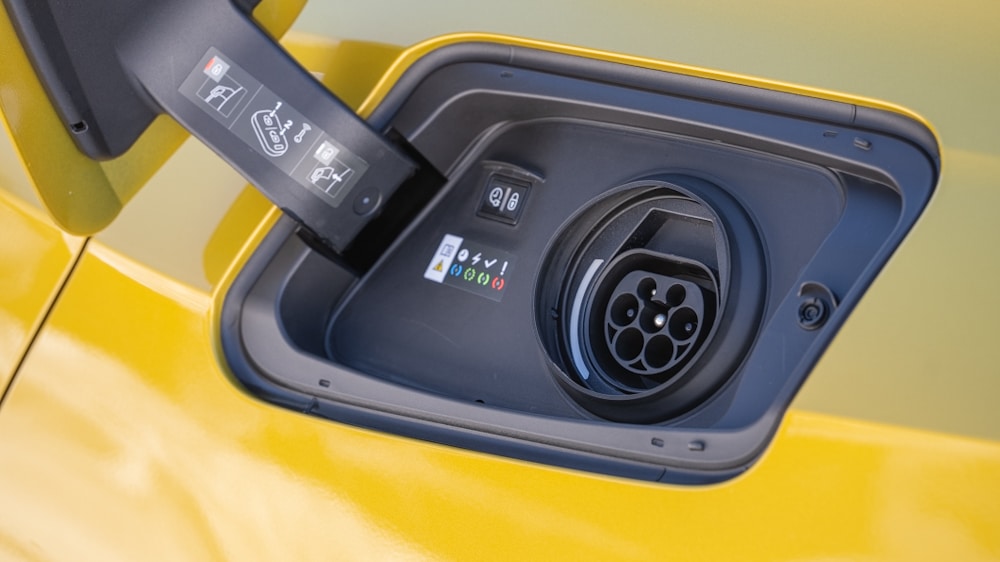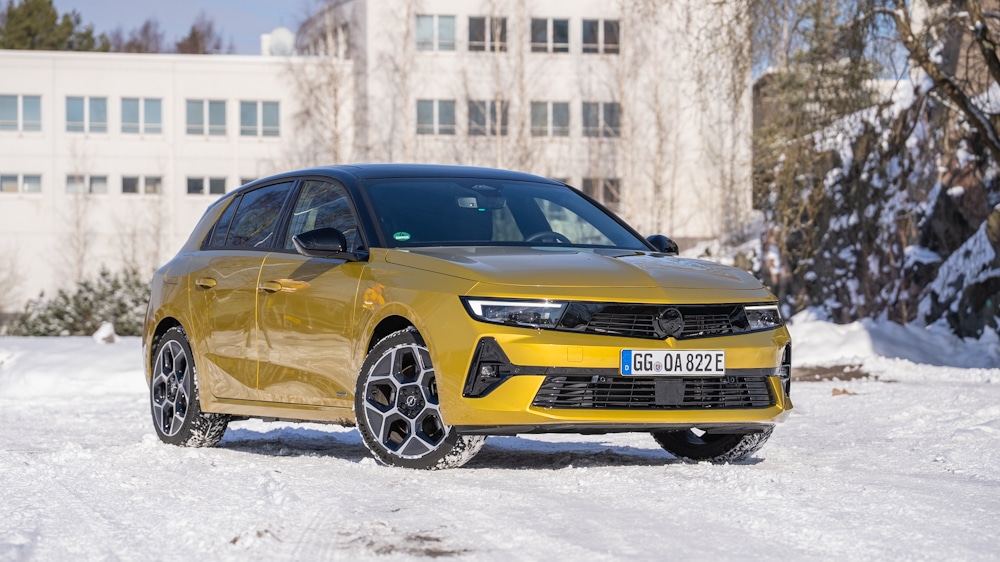The new Opel Astra offers some very interesting model options in terms of powertrains. Everything is coming for everyone, as the new Astra will be available in full electric, rechargeable hybrid and petrol and diesel-only versions in due course.
The first Astra to go on sale will be a rechargeable hybrid, which we were able to get a sneak preview of.
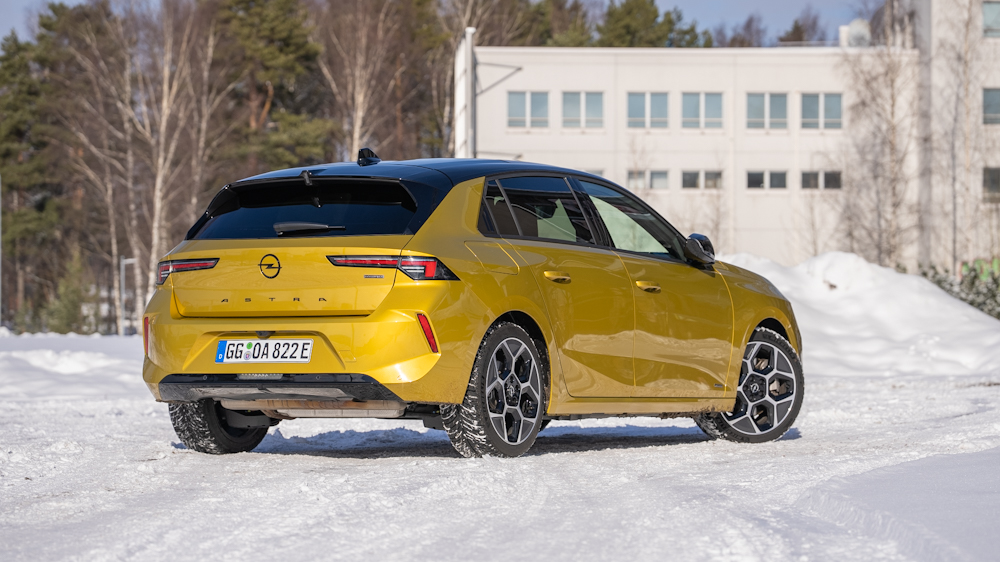
The new Astra is not only an interesting novelty in terms of power trains, but the car as a whole exudes a whole new era. Now in its sixth generation, the Astra offers a refreshed, clean-cut, sporty look, a new IVI infotainment system that works brilliantly and a smooth ride.
Over 50 kilometres on electricity
The rechargeable hybrid is powered by a powerful combination of petrol and electric motors. It produces 180 horsepower and a comfortable 320 Nm of torque. The transmission is an eight-speed automatic.
After a short test drive of a few hours, the Astra’s electricity consumption remained at a relatively moderate level. The manufacturer promises an electric range (WLTP) of 60 kilometres, which does not seem impossible to achieve, at least in summer weather.

During the test drive, the outside temperature was 2 degrees Celsius and at an average speed of 60 km/h the electricity consumption was 21.5 kWh/100km. The WLTP reading requires a consumption figure of around 14-15 kWh. The total capacity of the battery is 12.4 kWh.
A good battery charging speed is ensured by the car’s own internal 7.4 kW charger, which comes as standard on all Astros with charging available in Finland. At its fastest, the charger enables the battery to be fully charged in between one hour and 40 minutes.

When driving on the road at an average speed of 100 km/h with a petrol engine only, the consumption figure was around five litres per 100 km. Based on the preliminary figures, the new Astra has a relatively moderate consumption figure. Those who charge hard and drive mainly shorter distances can easily achieve electricity and fuel costs of less than five euros per 100 kilometres.
Dark interiors
In terms of design, the cabin continues the angularity and straightforwardness of the exterior styling. Attention is drawn to the dashboard panel extending from the centre of the dashboard to the infotainment system display, and the minimalist design of the centre console.

The standard 10-inch instrument cluster that comes standard on the Astra is excellent in terms of usability and operating system. Apple CarPlay and Android Auto come as standard, which significantly diversifies the infotainment usability through phone apps.
If you don’t want to rely entirely on your phone for navigation, a traditional navigation system is also available as an option. Based on a short test drive, the navigation system works excellently and in clear Finnish. The navigation package also brings weather information, charging stations and even fuel information into the car. Map updates come to the car via a cloud service.
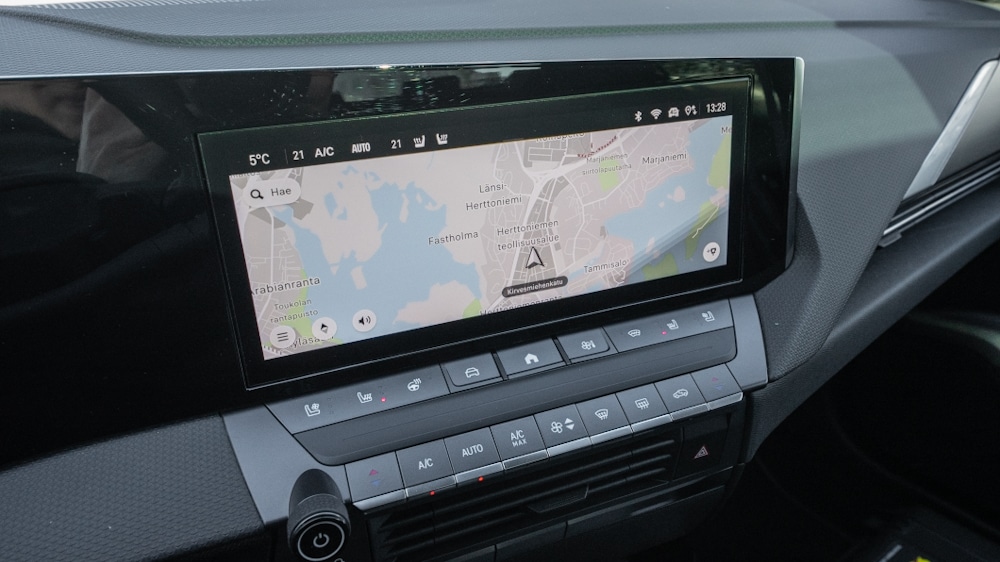
In addition to a functional touchscreen, the car retains traditional buttons for heating and home buttons to make operation easier and simpler.
The driving position can be adjusted in at least ten different directions, depending on the seat. The long adjustment levers provide a good driving position even for taller drivers. An ergonomic AGR seat is always standard in the Chargeable Hybrid, providing excellent seating comfort. The test car’s ventilated seats add a touch of luxury to the seating comfort in summer.

On the other hand, the outward visibility is not as good. The small windows, roof lines and rear-view mirror all contribute to reduced outward visibility. The very dark colour scheme makes the cabin feel dark.
Farmar space for the family
The Astra will be available as a five-door and a station wagon. The test-driven five-door model offers reasonable space for a small family. Compared to the competition, the boot space is average at 390 litres. The floor sill of the boot is about 10 cm lower, which slightly compromises comfort and increases the need for lifting. There is space for charging cables in the midsole.

The Astra Sport Tourer is the choice of a slightly larger family. The boot space increases to around 550 litres, and when the backrests are folded, to over 1.5 cubic metres. In addition, the estate’s 60 centimetre loading height and ‘threshold-free’ flat floor make loading much easier than with the five-door model.
Rear-seat comfort is further enhanced by a dedicated USB-C charging port and heated rear seats in the test car
Mostly roses for driveability
The new Astra is quite unsurprising in terms of driveability, but surprisingly sporty and even fast. The three different driving modes mainly change the power source used. In Sport mode, the efficiency of the hybrid powertrain was a positive surprise, for example when accelerating uphill on a motorway, when all the available power came into play. In Electric mode, the car glides silently on pure electricity.

The chassis has at least enough grip and the automatic gearbox doesn’t really flinch, even if you press the accelerator deeper. The feel of the brake pedal is more enhanced lightness than feel.
In terms of steering feel, the Astra challenges its more prestigious rivals, and German steering feel is present behind the wheel of the Astra.
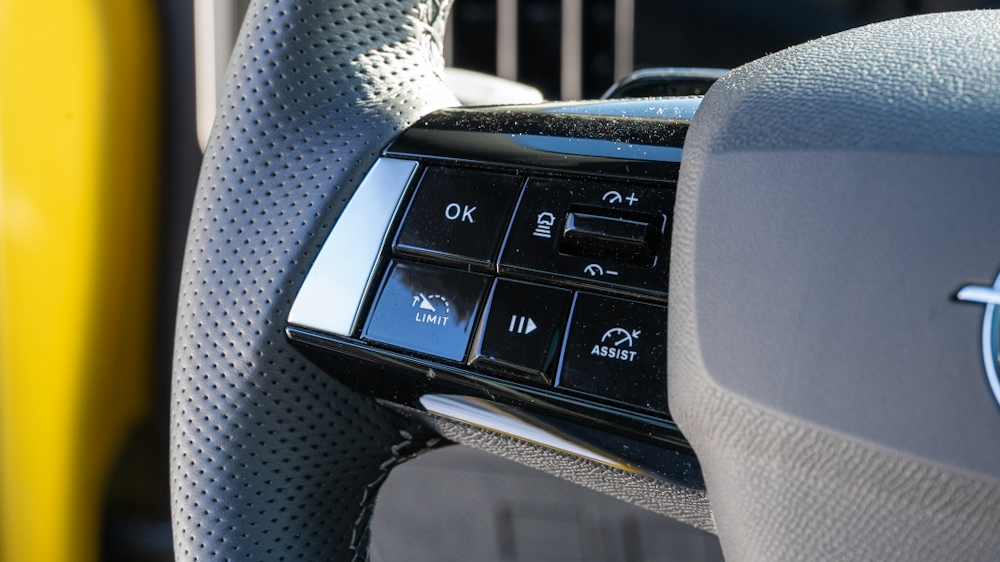
First impressions are that Opel has succeeded brilliantly with the new Astra in many areas with the rechargeable hybrid. A very big plus can also be given to the courage to go after a broad market with different powertrains. Full-electric models are usually designed from the outset as all-electric models only – it remains to be seen how Opel manages to embed the different versions of the powertrains in the same body.
The first new Astras will arrive in Finland in May-June. The five-door models will be the first to arrive, followed by the station wagon versions about a month later. Prices for the five-door model start at €32 900 and the estate model will increase the price by €1,000.
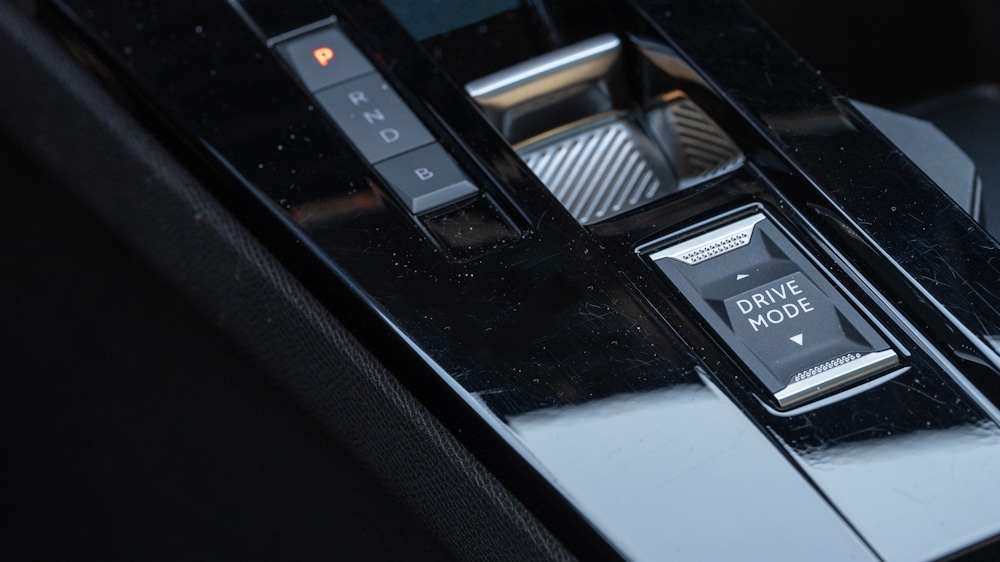
Opel Astra PHEV 5 door.
- Engine: 1.6-litre 4-cylinder petrol
- Total hybrid system power: 132 kW, 180 hp.
- Hybrid system combined torque: 320 Nm.
- Acceleration: 7.6 seconds (0-100 km/h)
- Driving battery capacity: 12.4 kWh.
- Combined electricity consumption: 14.2-15.1 kWh/100km.
- Electric range declared by the manufacturer: 60 km (WLTP)
- Electricity consumption during test drive: 21.5 kWh/100km.
- Maximum charging power (AC): 7.4 kW.
- Dead weight (incl. driver): 1678 kg.
- Luggage compartment: 390 l.
- Traction: front-wheel drive
- Towing capacity: 1450 kg.
- Starting price: €32 900 (5 hrs. Innovation equipment)


